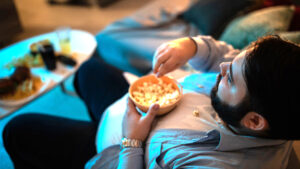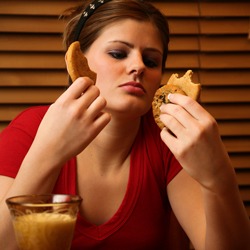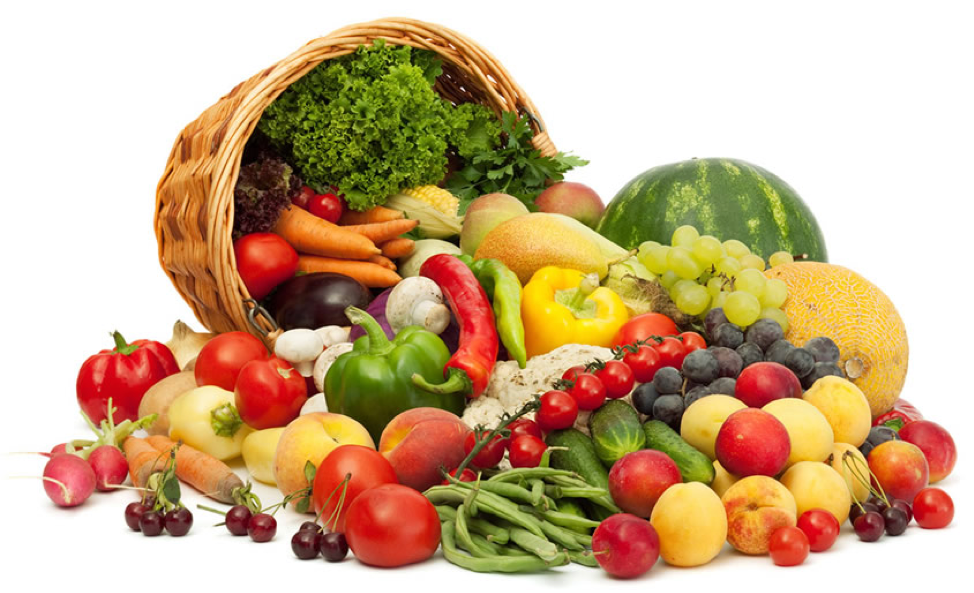Taking the “sins” out of food
From a psychological perspective, as professionals in this field, when we look at many of the numerous diets and eating fads that exist today, especially some of the more popular ones, we shake our heads in sadness and disbelief.
The reason we view these “programs” as we do, is because of the negative impact that they can have on their participants. This is because they tap into our fear mechanisms and at best could simply perpetuate them, but unfortunately in many cases they have the potential to ingrain even more deeply self sabotaging behaviours and in some cases, may even be the final straw of some peoples development of full blown eating disorders or worse.
 Even down to the seemingly innocent use of the phrase ‘sins’ to quantify food types, on the face of it you may ask what is wrong with this as it is a term in common use in our society today. The issue is that it literally “demonises” food and so anything that goes with it. This is because in many cultures the term “sin`’ is associated with the worst aspects of what it means to be human, such as cheating, guilt and shame and so will often lead to the hiding and denial of such behaviours, even to oneself and so follows feelings of self loathing and an ever deepening and reeferming of personal insecurities, such as being a failure, unworthy of love and not good enough. This, in the cycle of addiction is entirely the opposite of what is required to nurture in regards to living a healthy and happy life free from addiction, abuse and oppression.
Even down to the seemingly innocent use of the phrase ‘sins’ to quantify food types, on the face of it you may ask what is wrong with this as it is a term in common use in our society today. The issue is that it literally “demonises” food and so anything that goes with it. This is because in many cultures the term “sin`’ is associated with the worst aspects of what it means to be human, such as cheating, guilt and shame and so will often lead to the hiding and denial of such behaviours, even to oneself and so follows feelings of self loathing and an ever deepening and reeferming of personal insecurities, such as being a failure, unworthy of love and not good enough. This, in the cycle of addiction is entirely the opposite of what is required to nurture in regards to living a healthy and happy life free from addiction, abuse and oppression.
Another of the seemingly popular fads is to openly inflict personal castigastions, bullying and self abuse and in particular cases with unhealthy doses of splitting. Some of these methods are even created by Psychologists, albeit with questionable motives and the participants are encouraged to use a defence mechanism that in psychology is referred to as splitting. Splitting is where you identify aspects of yourself that you are uncomfortable with, so attempt to distance yourself from them, often to the point of burying them in your subconscious, because of the uncomfortable feelings that can be felt when observing them in yourself. In a healthy therapeutic relationship the psychotherapist or counsellor will work with you to help you understand why you feel these ways about yourself. This enables you to bring them into your conscious awareness and so you are then able to reintegrate these “split” off aspects of yourself, enabling you to feel more comfortable and at peace with all the aspects of yourself.
Any approach that is taken to encourage a disintegration of the self and to attack it and ridicule it is entirely unhealthy, because you are attacking and abusing yourself. This inevitably leads to lower levels of self respect which manifests into further and ever deepening levels of self abuse and in this way creates a self perpetuating and deepening cycle of self abuse. This cycle of self abuse if left unchecked can often lead to not only a perpetuation of the behaviours that are attempting to be addressed, but could even lead to a worsening of the situation, such as seeking ever more abusive ways in which to treat oneself.
The ways in which we talk to and see ourselves is of fundamental importance to our mental health. The exploitations such as the ones above will inevitably create an almost endless cycle of repeat customers, which is great news for the profits of the companies delivering such methods, but will rarely if ever, result in a positive and lasting change for the participants.
As with so many things, to find a long lasting definable resolution requires personal understanding, because each of us do what we do and act as we act for our own personal reasons. Many of these will be similar to others in many respects, but how we deal with them will come from personal insight. This on the face of it may seem the more challenging option, but when you weigh up the other options, such as the perpetual downward spiral of disappointment and self abuse as felt from the examples above, against the contrast of a happier, healthier and more vibrant you delivered through a journey of actual self discovery, the choice seems a little clearer.







